22 | sideb(l)og | visual archive, other cool things | they/fae/he/she/it | something dreamy, celestial, unfathomable and as deep as the ocean. | a water entity, lake they-dy of sorts | special interests in the arts and media (including film, music, visual art, fashion, etc) and psychosocial topics, broadly | surrealism, fantasy and horror enjoyer | likes IWTV, Hannibal, Death Note, The Cure, Depeche Mode, Kate Bush, minecraft, arthouse films, occasional musicals| ethereal goth | bisexual, aroacespec | nonbinary transandrogynous | eclectic pagan witch | autistic/ADHD/BPD/etc + disabled | 🔞
Don't wanna be here? Send us removal request.
Text
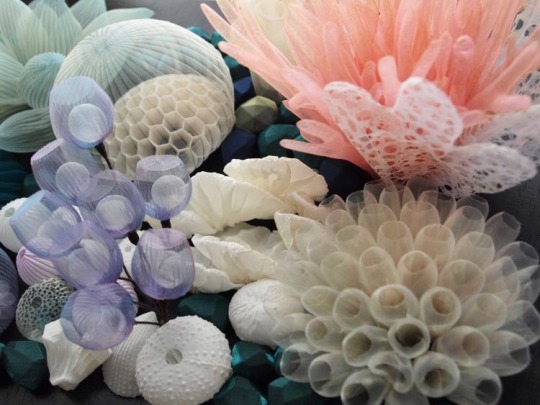
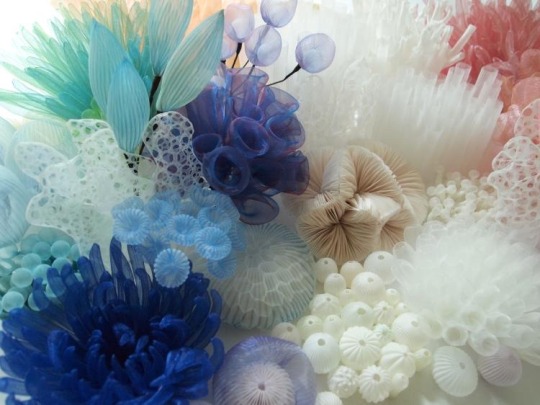
Mariko Kusumoto: Sea Garden (2021)
6K notes
·
View notes
Text

under the midnight sun
3K notes
·
View notes
Text






Yumi Adachi wearing Moi Meme Moitie in Monthly SHINCHO MOOK November 2000.
#fashion#style#graphics#2000#2000s#y2k#yumi adachi#moitie#monthly shincho mook#magazines#moi meme moitie#faves
177 notes
·
View notes
Text

YASMIN HOFSTETTER
203 notes
·
View notes
Text

The Hanging Gardens of Ancient Babylon (Unknown Creator, 1890)
1K notes
·
View notes
Text

756 notes
·
View notes
Photo






Art by Lavera Grace
13K notes
·
View notes
Text
my ass would NOT make it in a scenario where im being tempted to eat a beautiful otherworldly meal where if i succumb to the temptation my soul will be stolen my the fae
2 notes
·
View notes
Text
adhd really feels like my own personal hell sometimes… like why is it so hard for me to do everything including things I genuinely really want to do? I mean, I know why, I guess… but I wish it didn’t have to be this way
#and the meds barely do shit#they either do too much or not enough#nothing seems to work effectively#adhd#actually adhd#attention deficit hyperactivity disorder#vent#personal#ok to rb#executive dysfunction#Nimueh speaks
3 notes
·
View notes
Text

Blue in a room
1K notes
·
View notes
Text

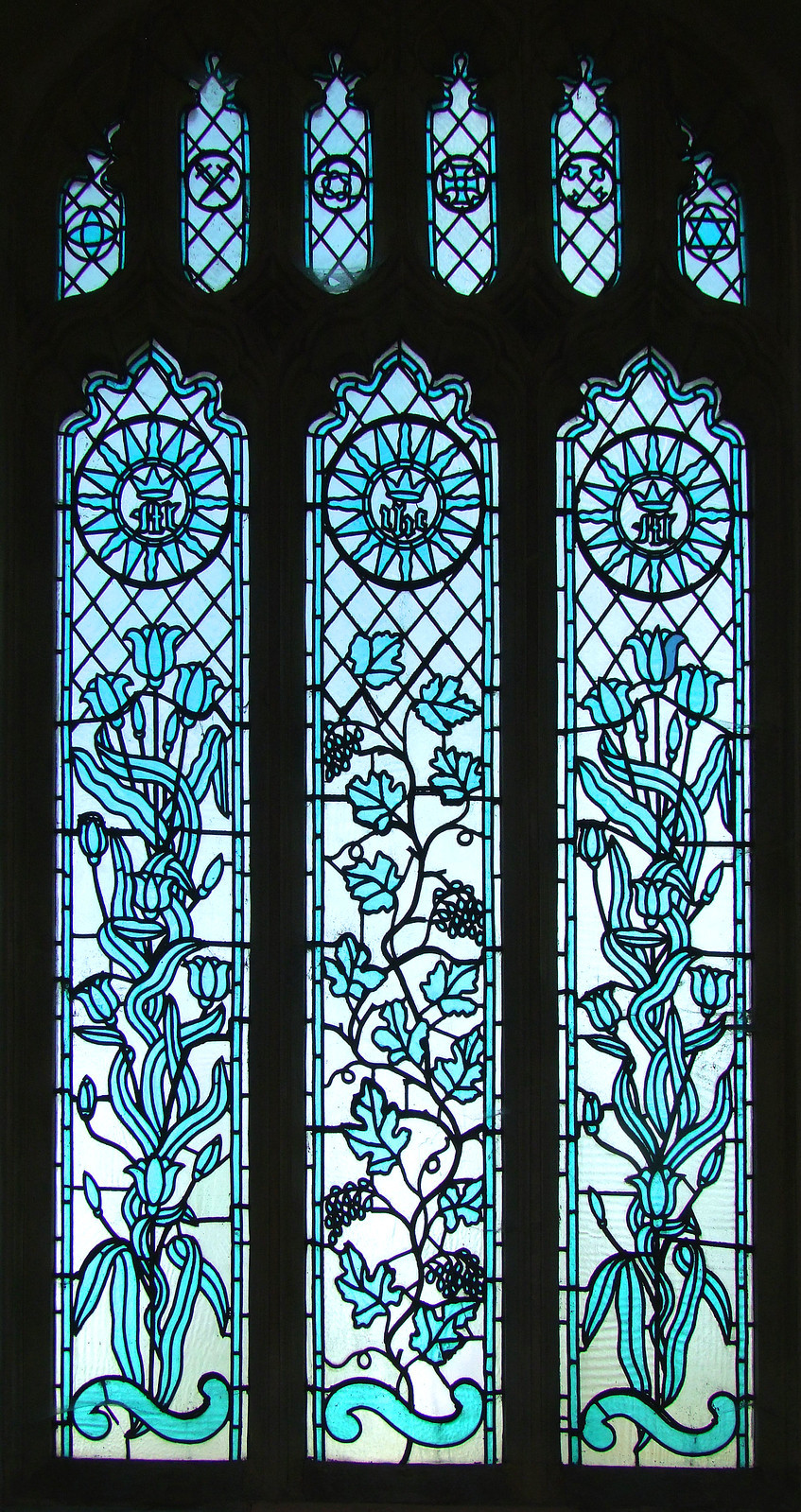
Stained glass by Constantine Woolnough, 1858 Church of St Mary, Dennington, Suffolk Photography by Simon Knott
#faves#stained glass#glass art#art#windows#ethereal#dreamy#color: blue#constantine woolnough#photography#simon knott
15K notes
·
View notes
Text

11K notes
·
View notes
Text






FIREFLY PATH Mystic Mirror Dress if you want to support this blog consider donating to: ko-fi.com/fashionrunways
#fashion#style#faves#firefly path#graphics#color: blue#shimmery#dreamy#ethereal#fantasy fashion#dresses
8K notes
·
View notes
Text
Nymph Worship
Nymph: singular, a nature spirit in the Greek pantheon
Nymphai: plural form of nymph
First, let’s talk about what a Nymph is. A nymph is usually described as a ‘lesser’ Goddess in Hellenism. They tend to be localized nature spirits, though that’s not the only type of Nymph out there. What does that mean for your worship? Well, it means that most Nymph worship is going to be for the specific Nymphai in your area. While you may choose to worship some more famous Nymphai and ones from other areas, you’re likely to find that there are plenty in your own area that you can worship as well.
Types of Nymphai:
Here are some types of nymphs connected to nature:
Alseides (nymphai of glens and groves)
Anthousai (flower nymphs)
Asteriae, the (stars)
Auloniades (nymphai of pastures)
Aurai, the (breezes)
Crinaeae (nymphai of fountains)
Daphnaeae (laurel tree nymphai)
Dryades (nymphai associated with trees)
Epimeliades (nymphai of highland pastures, protectors of flocks)
Haliai (nymphai of shore lines)
Hamadryades (oak nymphai)
Heleionomai (nymphai from wetlands)
Hesperides, the (nymphai of sunset)
Hyades, the (celestial nymphai of the constellation Aquarius)
Leimakides (nymphai of meadows)
Limnades (nymphai who reside in lakes)
Meliades (apple tree nymphai)
Meliai (nymphai of honey, bees, and ash trees)
Naiads (fresh water nymphai)
Napaeae (mountain valleys)
Nephelai, the (clouds)
Nereids (ocean nymphai who are the daughters of Nereus)
Oceanids (ocean nymphai who are daughters of Oceanus)
Oreads (nymphai of grottoes)
Pagaeae (nymphai who belong to springs)
Pleiades (yup, like the constellation)
Potameides (river nymphai)
The second type of Nymphai are those who are associated with cities, or who serve in retinue to a specific Theos. Such as:
Lampades (torch bearer nymphai in retinue to Hekate)
Maenads (nymphai in retinue to Dionysos)
For the purpose of this post I’m going to talk about the Nymphai connected to the earth and nature.
Named Nymphai
Some Nymphai are specifically named in myth. These are usually Nymphai who are associated with specific plants, but also one’s who’ve played a role in a Theos’ story at one point or another, and one’s who are patrons to specific towns and cities. This is just a sampling of some of the Nymphai who are named in myth.
Aba- Naiad of the town Ergisce in Ciconia, Thrace
Aigeiros- Hamadryad of black poplar
Asopis- Naiad Nymph of a town by the same name
Balanos- Hamadryad of evergreen oak
Bateia- Naiad of Sparta in Lacedaemonia
Daphne- Naiad who became the laurel tree
Io-Argive Princess and Naiad who was loved by Zeus
Karya- Hamadryad Nymph of nut trees, including hazelnut, walnut, and chestnut
Khloris- Oceanid and Goddess of flowers
Klytie- Oceanid who loved Helios and transformed into the heliotrope flower when He left Her
Kraneia- Hamadryad Nymph of cherry trees
Leuke- the white poplar tree
Lotis- Naiad who transformed into the lotus
Minthe- A Naiad who was transformed into the mint plant
Morea- Hamadryad of mulberry trees
Pitys- Oread Nymphs who transformed into the pine tree
Ptelea- Hamadryad of elm trees
Syke- Hamadryad of fig trees
How to Worship Nymphai: Building a Shrine or Altar
When you’re talking about worship in Hellenism, a lot of people think about shrines and altars, since they give us a place to actually give offerings. Altars were historically built with the idea in mind of “how do I get this offering to the Theos it belongs to?” That means that Ouranic (heavenly) altars were raised up towards the sky. Khthonic (relating to the earth and death) altars were usually dug into the ground as the Khthonic Theoi were thought to reside under ground.
Altars for entities like Heroes and Nymphai were kind of odd. Some people would build them as khthonic altars, some people would build them as Ouranic, and it was’t uncommon to find that their worship was mixed with elements of both Ouranic and Khthonic ritual. Shrines and altars to the nymphai were almost exclusively built outside though from what I’ve seen. They were also built near where a Nymph was thought to reside when possible.
Personally, I like to have my altar for the local Nymphai outside, and raised up, similarly to how Ouranic altars are built. You don’t have to do it that way, it’s just the way I handle it. I also try to build any altars dedicated to the Nymphai with natural materials. So, for example, an altar for the local Nymphai in my area may be a flat stone on the edge of the forest near my home.
Giving offerings
Since Nymphai are regarded as living in or around the area where you would be making offerings, the need for Ouranic ritual, which is designed to send the offerings upwards, isn’t really there. There’s two ways I’d say you could approach this.
The first would be that you can give offerings in a khthonic manner, since Nymphai are khthonic in their connection to the Earth. This would mean pouring libations to the soil, and either burning or burying other offerings.
The other way you can approach offerings is to simply set any offerings before your altar or shrine, and leave them there for the Nymphai. An example of this would be to set an apple on your shrine as an offering, and leave it for a set amount of time before cleaning it up. If you are leaving offerings outside in local habitats be sure that you're using foods or plants already native to the area, and things that won't poison any animals who might eat it up.
Personally, I follow khthonic ritual when giving offerings to the Nymphai. I pour libations into the soil, I bury fruit, and I give the offering in it’s entirety to the Nymphai. I don’t consume any of what is meant for the Nymphai. Again, you don’t have to do things the way I do.
Types of Offerings
Any of the classic offerings can be given to Nymphai. These include:
Bread
Cheeses
Fruits
Flowers
Grains
Honey
Incense
Meat
Milk
Olive Oil
Statues (please don't be littering and leaving statues in the woods though)
Wine
You can also give them offerings from the surrounding area. If you have blueberries that grow wild in the area, then blueberries may prove to be a great offering. Again, I suggest sticking with things that are natural. Since Nymphai are nature spirits, giving them something plastic may not go over real well, especially if you’re leaving the offering outside in nature. Basically, be sure you’re not littering and leaving things that aren’t going to decompose when leaving offerings in nature. And please make sure you're not accidentally introducing invasive species of plants via fruit/seeds/ect.
Devotional activities would probably relate closely to the Nymph in question, though I do have a few general ideas.
Clean up the area where you believe the Nymph resides
Get involved in local conservation efforts
Go on nature walks and admire the influence and beauty of the Nymphai in your area
Nymphai and Prophecy
Nymphs, like many rustic deities, were considered to be connected to prophecy. Nympholepts were devotees of local Nymphai who also worked as prophets. Astragaloi, a form of divination using knuckle bones from sheep, was popular for communicating with Nymphai, and sets of astragaloi bones have been found in multiple caves where Nymphai were worshiped.
That’s certainly not the only option you have though when approaching Nymphai with the intent of divination and prophecy, and a little exploration and trial & error may turn up local Nymphai willing to communicate via other methods of divination.
#nymphai#resources#deity work#deity worship#entity work#entity worship#nature spirits#spirit work#spirit worship#witchcraft
2K notes
·
View notes
Text
Aphrodite exists in the interval where sea and sky meet, touch and mingle together. This in-between open space is at once delineated and joined together by the process of her immortal anodos, or “rising,” where during her birth she initially rises from the sea and emerges into the sky. As Aphrodite navigates and traverses the distance between the two separate realms, they become intermingled by the act of her emergence. Moreover, this primordial moment signifies the mediating function of the goddess, and thus the anodos becomes central to her divine meaning and power. Here in the gap between sea and sky is the perpetual mixis or “mingling” that Aphrodite inspires and enjoys, and over which she holds sway. The anodos of Aphrodite exemplifies contact, blending and unity.
Aphrodite by Monica S. Cyrino, from Routledge's Gods and Heroes of the Ancient World series
#aphrodite#helpol#hellenic deities#hellenic polytheism#hellenic goddesses#deity work#deity worship#witchcraft#sea#sky#excerpts#quotes#words
189 notes
·
View notes
Text






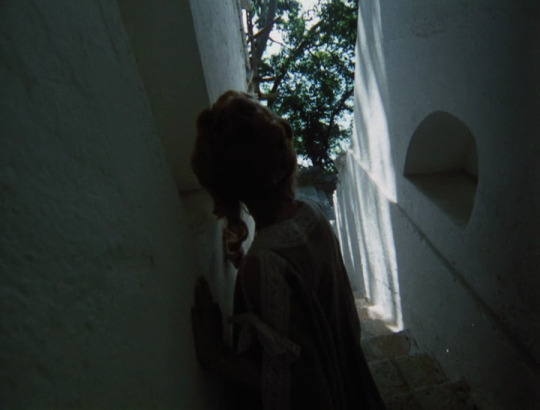
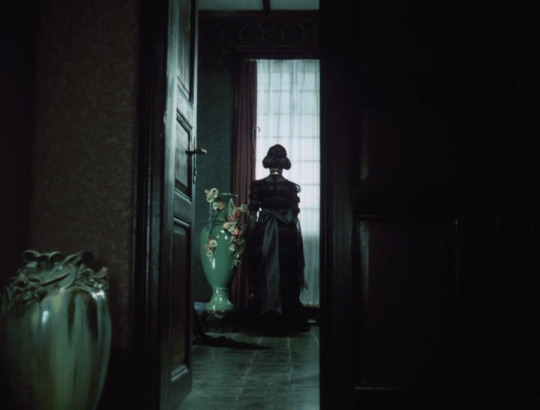
Morgiana (Juraj Herz, 1972)
#cinematography#film stills#film#cinema#1972#1970s#juraj herz#czech#czech new wave#iva janžurová#graphics
145 notes
·
View notes
Text
✨ Subtle Deity Worship Master List ✨
Greek Deities:
Subtle Aphrodite Worship
Subtle Ares Worship
Subtle Apollo Worship
Subtle Artemis Worship
Subtle Athena Worship
Subtle Dionysus Worship
Subtle Eros Worship
Subtle Hephaestus Worship
Subtle Hermes Worship
Subtle Demeter Worship
Subtle Hera Worship
Subtle Zeus Worship
Subtle Circe Worship
Subtle Hestia Worship
Subtle Helios Worship
Subtle Persephone Worship
Subtle Poseidon Worship
Subtle Hekate Worship
Subtle Hygeia Worship
Subtle Nemesis Worship
Subtle Psyche Worship
Subtle Asklepios Worship
Subtle Haides Worship
Subtle Harpocrates Worship
Subtle Erebos Worship
Subtle Medea Worship
Subtle Tyche Worship
Subtle Lethe Worship
Subtle Selene Worship
Subtle Eris Worship
Subtle Themis Worship
Subtle Talos Worship
Subtle Thanatos Worship
Subtle Nyx Worship
Subtle Phobos & Deimos Worship
Subtle Nike Worship
Subtle Pan Worship
Subtle Hypnos Worship
Subtle Charybdis Worship
Subtle Skylla Worship
Subtle Harmonia Worship
Subtle Galatea Worship
Subtle Hyacinthus Worship
Subtle Himeros Worship
Subtle Triton Worship
Subtle Gaia Worship
Norse Deities:
Subtle Sigyn Worship
Subtle Loki Worship
Subtle Baldr Worship
Subtle Freyr Worship
Subtle Odin Worship
Subtle Heimdallr Worship
Subtle Freyja Worship
Subtle Thorr Worship
Subtle Tyr Worship
Subtle Jormungandr Worship
Subtle Hel Worship
Subtle Sleipnir Worship
Subtle Idunna Worship - created by @soil-and-stanzas :)
Subtle Fenrir Worship
Subtle Frigga Worship
Egyptian Deities can be found on @wanderingskemetic 's blog!
-
This list will be updated as I make more posts! I will be making separate lists for these pantheons because I have too many links lol.
#deity worship#master list#deity work#helpol#hellenic polytheism#hellenic pagan#pagan tips#norse pagan#norse heathen#eclectic paganism#witchcraft#masterlist
9K notes
·
View notes